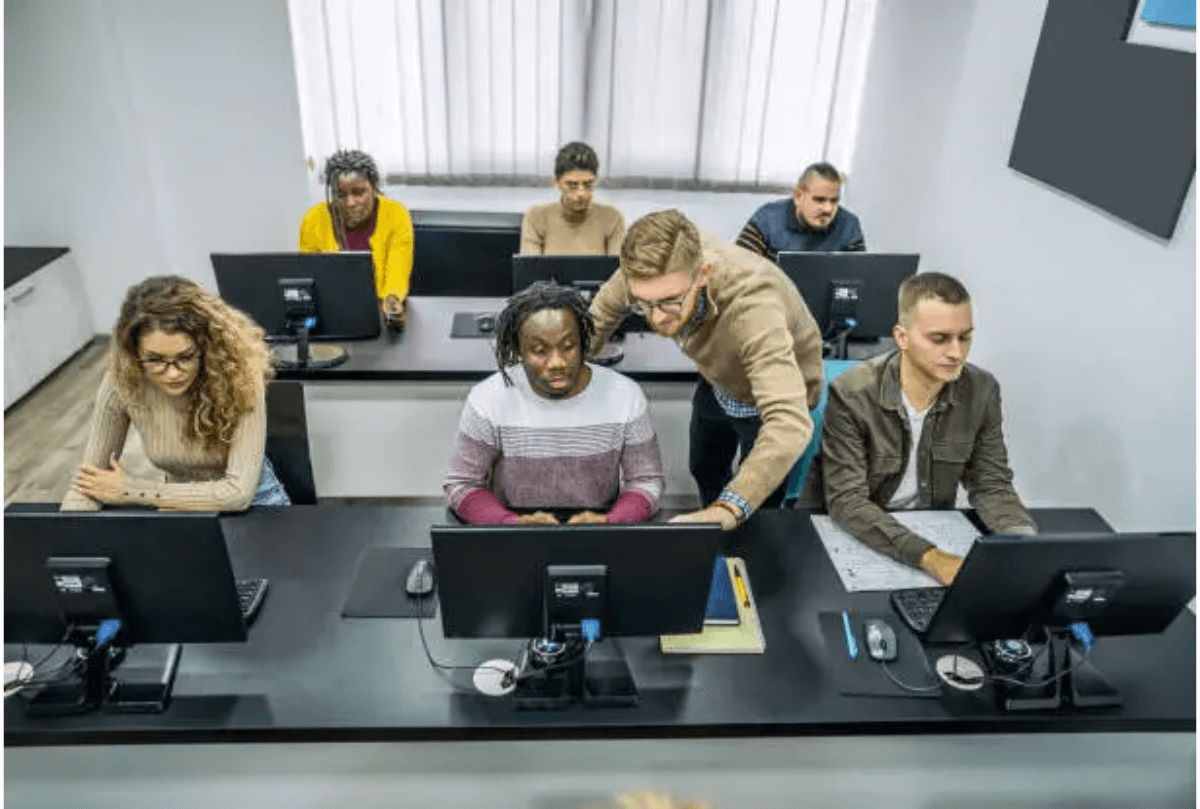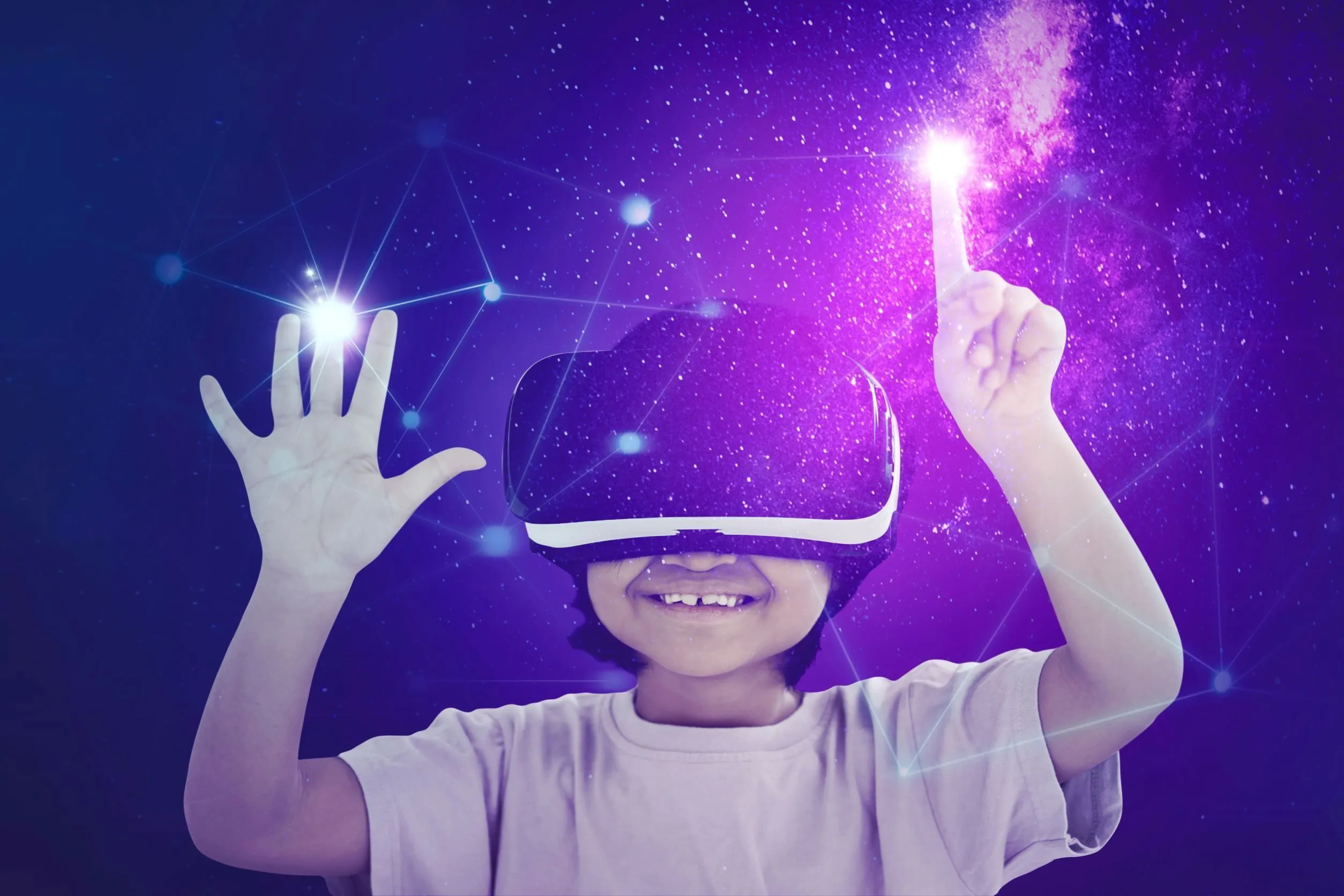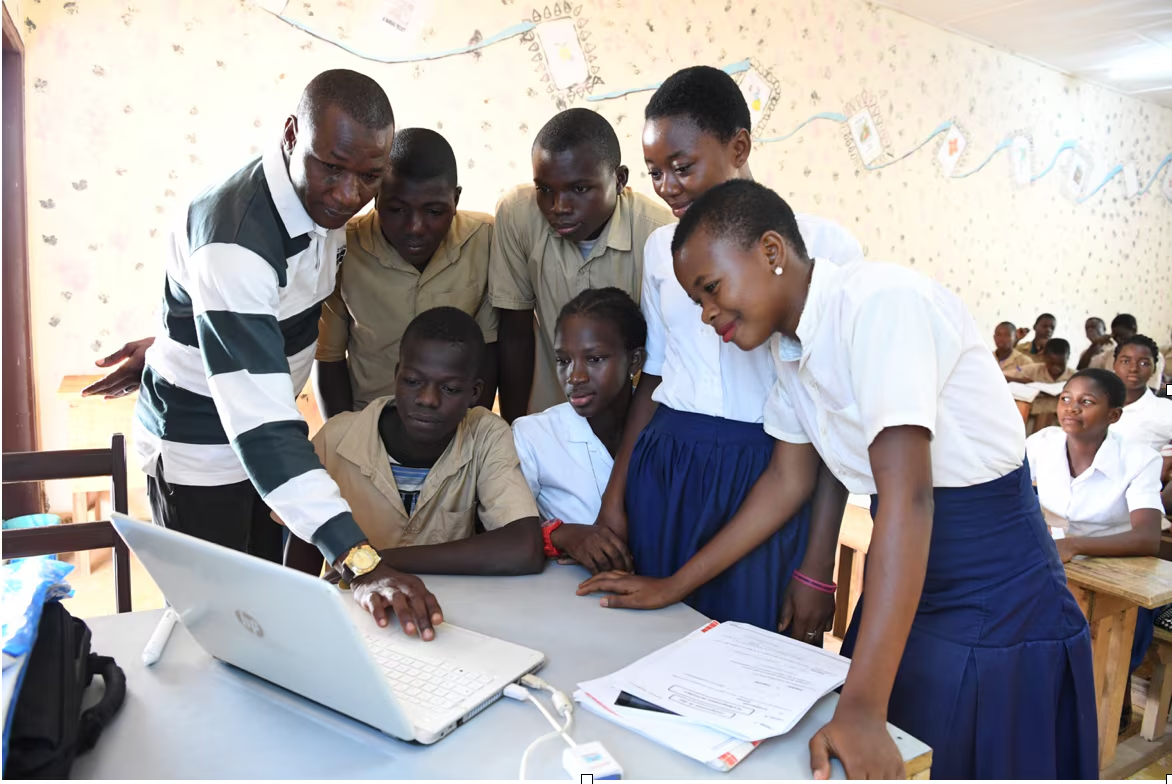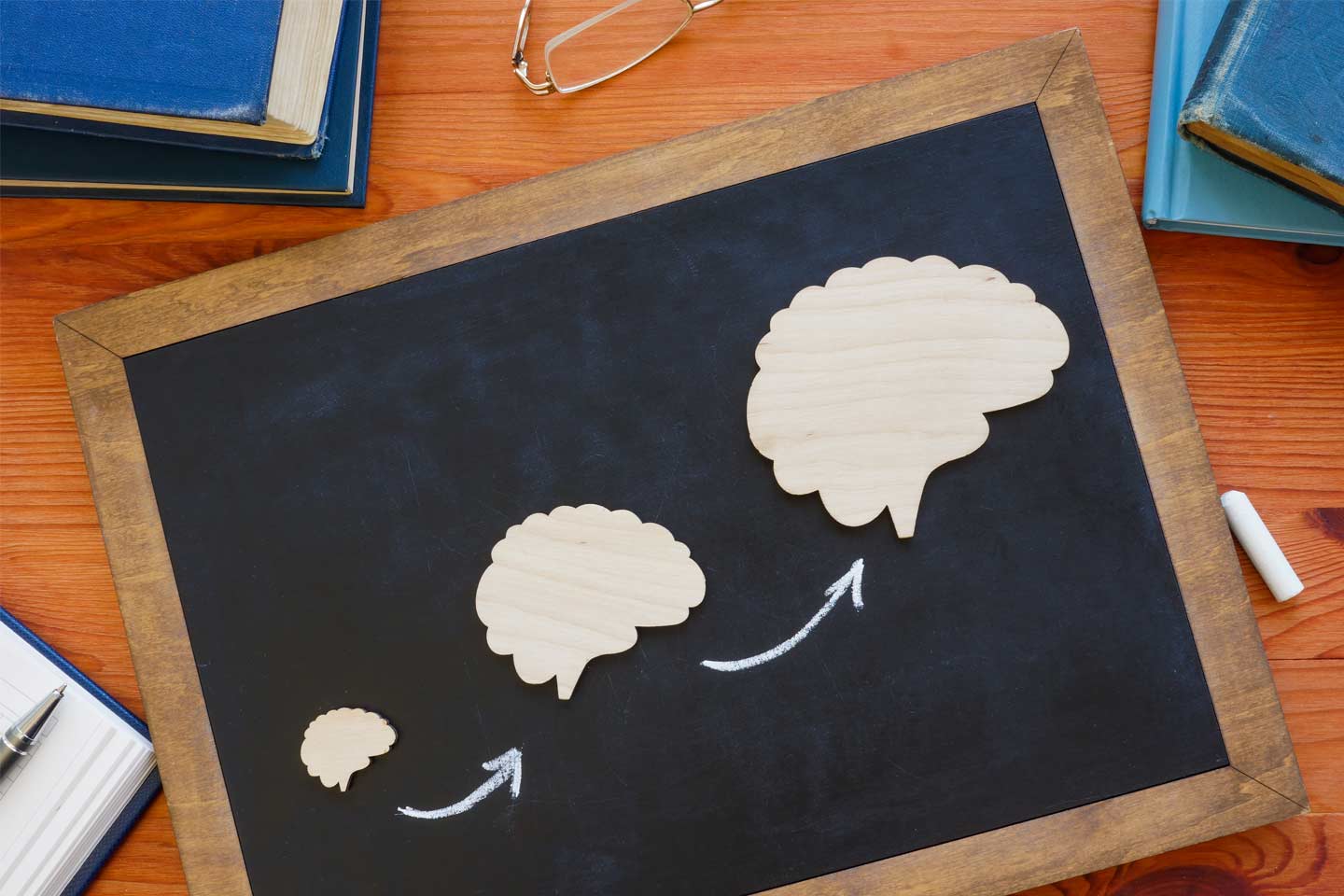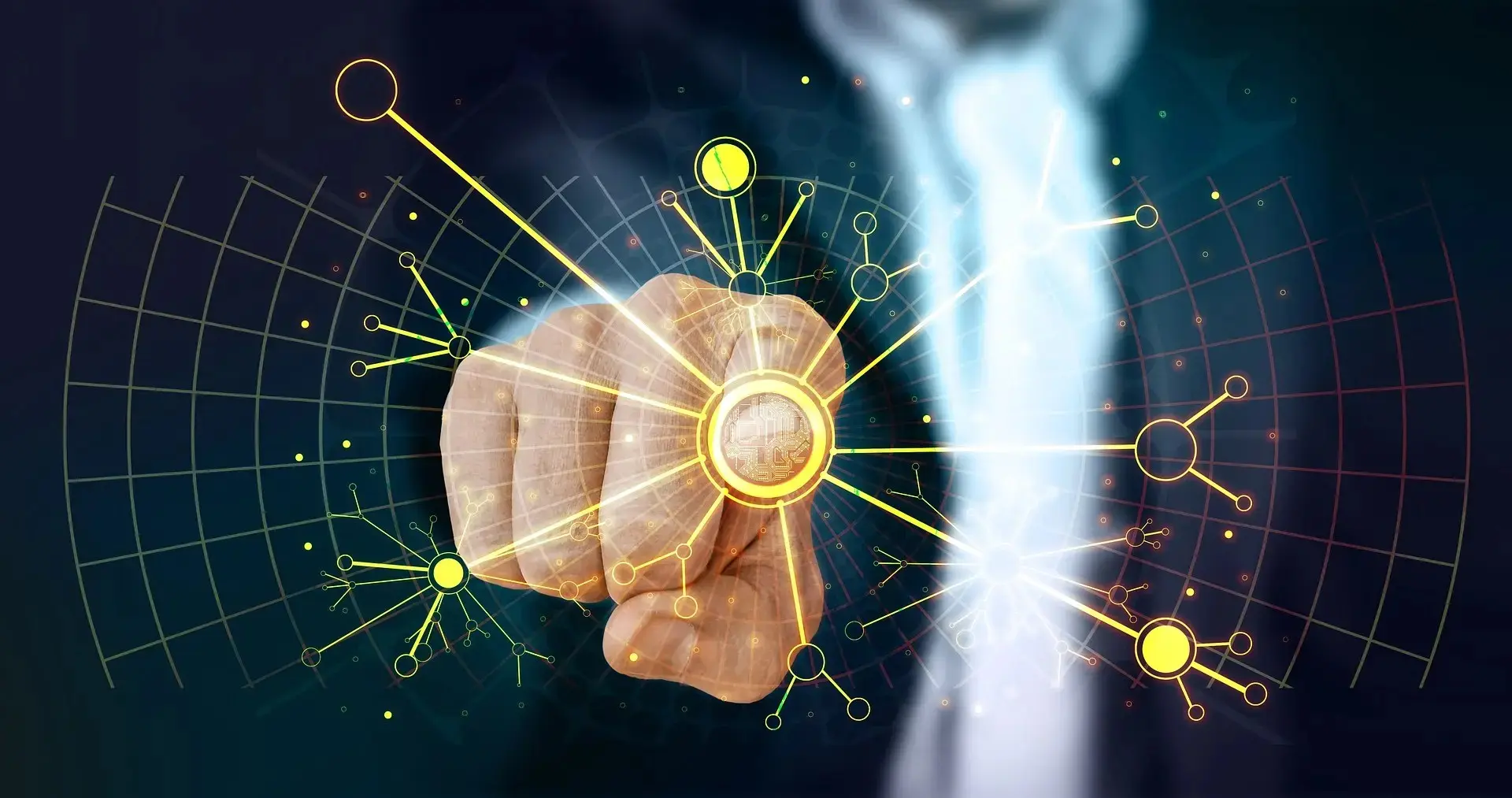The Future of Education: How Learning Is Evolving in the 21st Century

Education has always been the foundation of human progress. From the invention of the printing press to the rise of online learning, every major societal shift has been accompanied by an evolution in how people gain and share knowledge. As we move deeper into the 21st century, education is undergoing its most significant transformation yet—one driven by technology, creativity, and the demand for lifelong learning.
This article explores how education is evolving in today’s world, the role of digital tools, the changing needs of learners, and how schools, teachers, and students are adapting to create a more inclusive, flexible, and skills-based future.
1. The Changing Face of Education
In the past, education was centered around a classroom—a teacher, a blackboard, and a set curriculum. Learning was linear and largely focused on memorization. But today’s world demands more. With rapid technological advances, global connectivity, and a shifting job market, education is no longer confined to the four walls of a classroom.
The focus has shifted from what students know to how they think, solve problems, and adapt. Critical thinking, creativity, communication, and collaboration—often called the “Four Cs”—have become the cornerstones of modern education.
Moreover, learning has become more personalized. Students are encouraged to explore subjects that align with their interests and strengths, leading to a more engaged and motivated generation of learners.
2. The Role of Technology in Modern Learning
Technology is the driving force behind today’s educational revolution. Digital platforms, online classrooms, and interactive tools have made learning more accessible and dynamic than ever before.
The rise of e-learning and digital classrooms has transformed education into a global experience. A student in Serbia can attend a course at Harvard, while a teacher in India can share lessons with students worldwide. Platforms like Coursera, Khan Academy, and Duolingo have democratized access to quality education, breaking down geographic and financial barriers.
Artificial Intelligence (AI) is also reshaping how students learn. Adaptive learning software analyzes performance data to tailor lessons to individual needs, ensuring that students progress at their own pace. AI-powered tutors and chatbots provide instant feedback and assistance, while virtual reality (VR) brings immersive experiences into the classroom—imagine exploring ancient Rome or dissecting a virtual frog in 3D.
Technology, however, is not meant to replace teachers—it’s meant to empower them. Digital tools free educators from repetitive tasks, allowing them to focus on creativity, mentorship, and emotional support.
3. The Importance of Lifelong Learning
Gone are the days when education ended with graduation. In today’s fast-paced economy, continuous learning is essential. The concept of lifelong learning—the ongoing pursuit of knowledge for personal or professional growth—has become central to success.
Automation and artificial intelligence are reshaping industries, creating demand for new skills while rendering others obsolete. To stay relevant, workers must constantly update their knowledge. Online learning platforms, micro-credentials, and short certification programs have made it easier for professionals to reskill and upskill.
This trend has also changed attitudes toward education. It’s no longer a one-time phase but a lifelong journey. Whether you’re a student, an entrepreneur, or a retiree, the ability to learn, adapt, and innovate has become the ultimate competitive advantage.
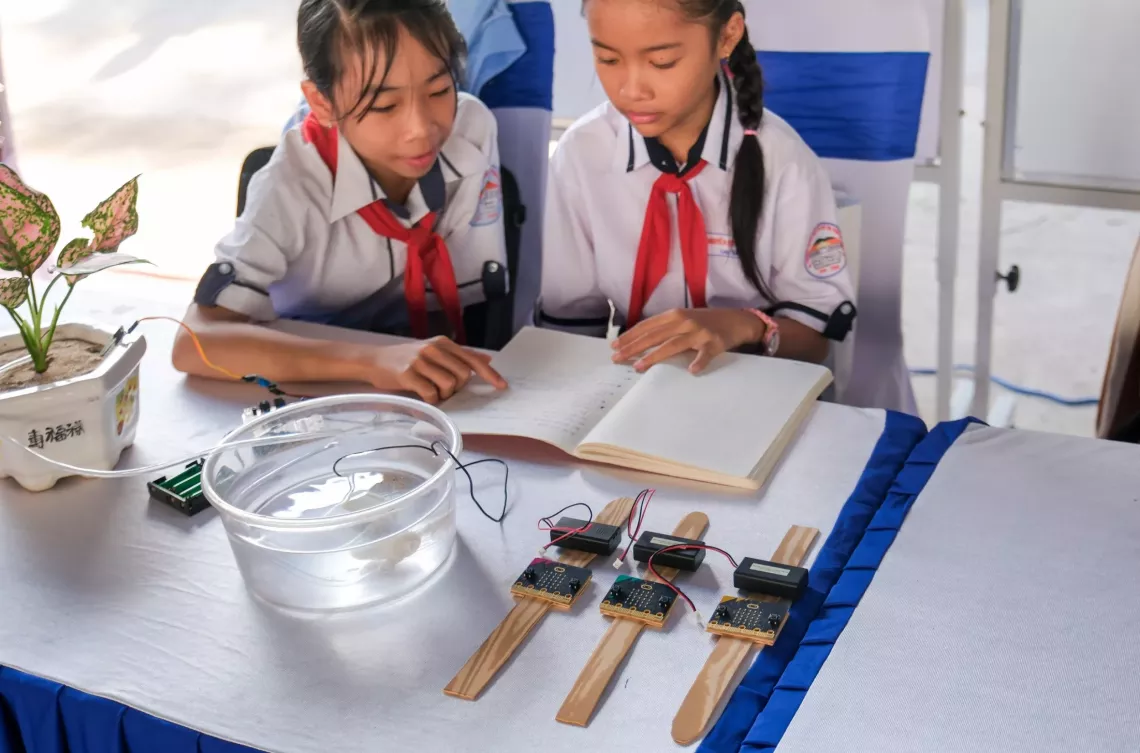
4. The Shift Toward Skills-Based Learning
Traditional education has long emphasized theoretical knowledge. While academic understanding remains important, there’s a growing recognition that students need practical skills to thrive in the real world.
Schools and universities are integrating skills-based learning, focusing on communication, problem-solving, digital literacy, and entrepreneurship. Project-based learning—where students work on real-world problems—encourages hands-on experience and collaboration.
For example, coding classes teach logical thinking and creativity, while financial literacy lessons prepare students for responsible adulthood. Soft skills like teamwork and emotional intelligence are now as important as technical expertise.
This shift aligns education with the evolving needs of employers, who increasingly seek adaptable, creative, and solution-oriented workers.
5. Inclusion, Diversity, and Equal Access
One of the greatest challenges—and achievements—of modern education is its commitment to inclusion. The goal is no longer just to educate a few but to ensure education for all.
Digital platforms have opened doors for students in remote or underserved areas, while special education programs cater to learners with disabilities. Gender equality initiatives have expanded opportunities for girls and women, especially in STEM (Science, Technology, Engineering, and Mathematics) fields.
Inclusive education doesn’t just benefit marginalized groups—it enriches everyone. Classrooms that reflect diversity foster empathy, understanding, and global awareness.
Still, challenges remain. The digital divide—the gap between those with access to technology and those without—continues to affect millions of learners worldwide. Bridging this gap is crucial to achieving truly universal education.
6. The Evolving Role of Teachers
Teachers remain the heart of education, but their roles are changing. In today’s classrooms, teachers are not merely information providers—they are mentors, facilitators, and guides.
With information readily available online, the teacher’s value lies in helping students interpret, analyze, and apply knowledge. They nurture curiosity, guide discussions, and create a safe space for experimentation and failure—an essential part of learning.
Professional development for teachers is also evolving. Educators are embracing digital tools, attending online workshops, and engaging in global communities of practice to improve their craft.
As the world becomes more interconnected, teaching has become a collaborative, global profession—one where educators inspire students not just to learn, but to love learning.
7. The Emotional and Social Side of Education
Education isn’t just about intellectual growth—it’s about emotional and social development. Schools play a critical role in shaping character, empathy, and resilience.
In recent years, there’s been a growing emphasis on social-emotional learning (SEL), which teaches students how to manage emotions, set goals, and build positive relationships. Programs that integrate SEL have been shown to improve academic performance, reduce anxiety, and create more compassionate communities.
As mental health challenges among students rise, schools are increasingly adopting holistic approaches—balancing academic success with emotional well-being. A healthy mind is, after all, the foundation of lifelong learning.
8. The Future: Hybrid and Global Education
Looking ahead, the future of education lies in flexibility and innovation. Hybrid learning models, which combine in-person and online instruction, are becoming the new norm. This approach allows students to enjoy the social benefits of classroom learning while leveraging the accessibility of digital tools.
Global collaboration will also define the next era of education. Virtual classrooms will connect students across continents, fostering cross-cultural understanding and cooperation. Artificial intelligence will personalize education even further, while data analytics will help educators identify learning patterns and improve outcomes.
The classroom of the future will be borderless, inclusive, and adaptable—designed to meet the needs of a constantly changing world.
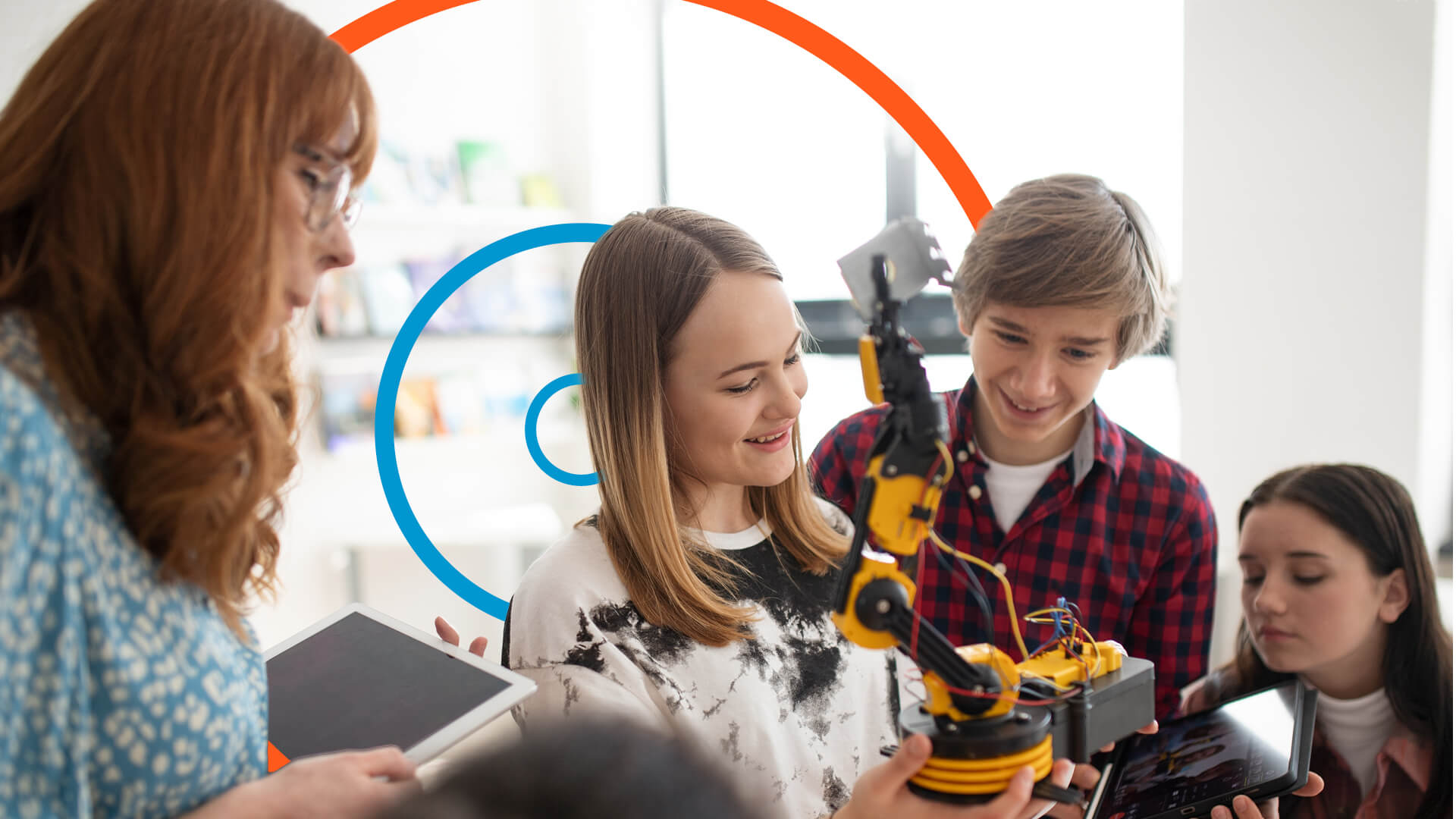
Conclusion
Education is more than a system—it’s a living, evolving force that shapes our societies, economies, and identities. The 21st century has ushered in a new era of learning—one defined by technology, inclusion, and lifelong growth.
As we continue to innovate, the goal remains the same: to empower individuals to think critically, act compassionately, and contribute meaningfully to the world.
The future of education isn’t just about smart classrooms or online degrees—it’s about creating opportunities for everyone to learn, evolve, and thrive. Because when education grows, humanity grows with it.


